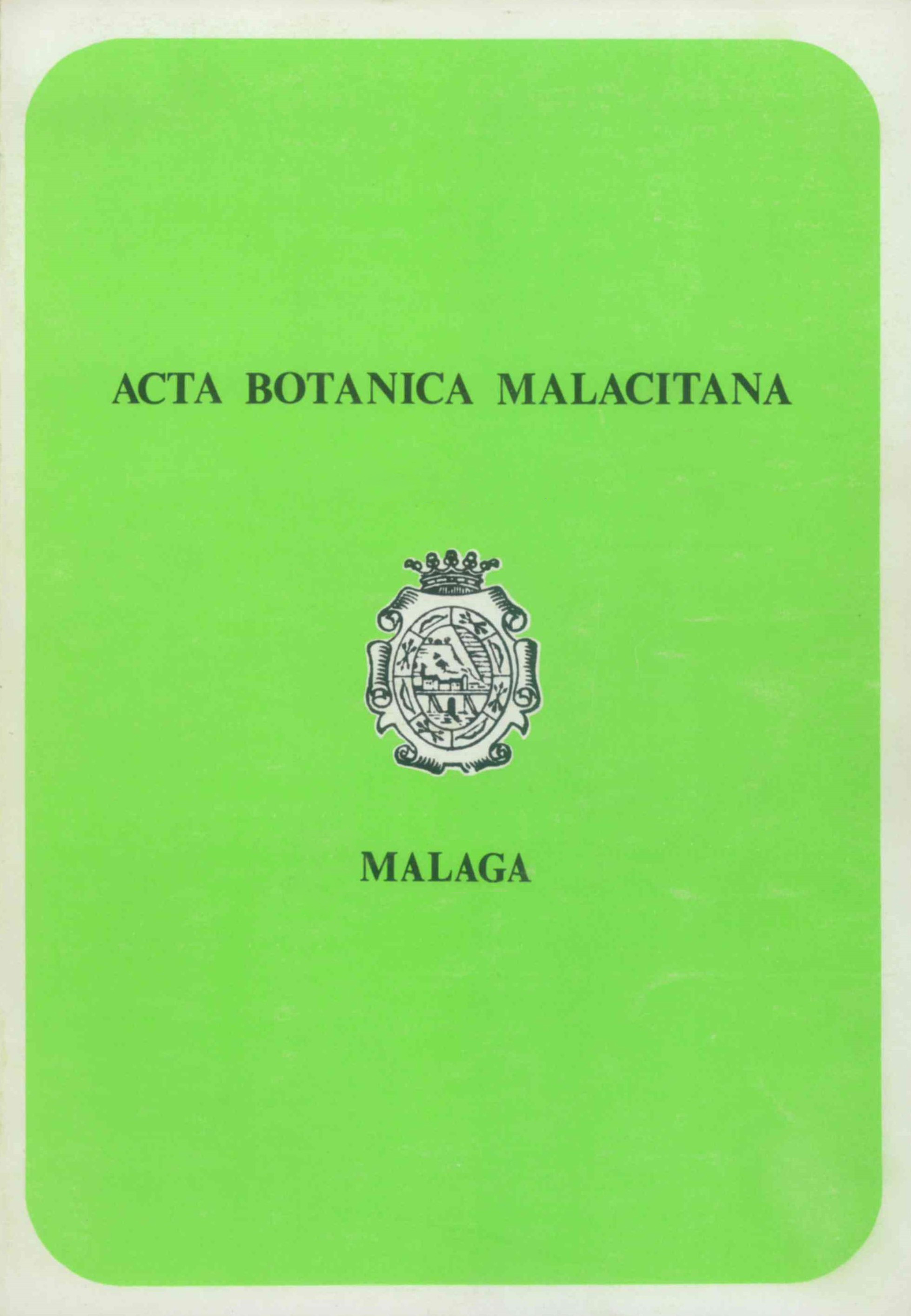Influence of pH on edaphic algae
DOI:
https://doi.org/10.24310/Actabotanicaabmabm.v5i.9667Keywords:
.Abstract
We clear-up the relationship between the soil pH and the algal presence, on a total of 40 samples. The algae belong to 60 different genera of the classes Cyanophyta, Bacillariophyta and Chlorophyta which have been isolated using the enrichment culture technique.
We also relate these algae groups wits the percentage of organic matter present in the substratum.
Downloads
Metrics
References
AKIYAMA, 1973. Ecological studies on terrestrial algae found in the coastal sand dune in San-in region, Japan. Memoirs of the Faculty of Education Shimane University. 7 - Natural Science) Matsue. Japan.
BROCK, T., 1973. Lower pH limit for the existence of Blue-Green Algae: Evolutionary and Ecological Implications. Science. 179: 480-483.
HALPERIN, D. R., 1976. Biodermas algales como fuente de nitrógeno en suelos sub-húmedos y semi-a?ridos. Darwiniana, 20 (3/4): 341-370.
LUND, J. W. G., 1947. Observations on soil algae II. Notes on groups other tham diatoms. New Phytol. 46: 35-60.
PANDEY, D. Ch., 1965. A Study on the algae from Paddy Field Soils of Ballia and Ghazipur districts of Uttar Pradesh. India. I. Cultural and ecological considerations. Nova Hedwigia 9 (1/4): 299-334.
SCHWARTZ, D., 1963. Méthodes statistiques a l'usage des médecins et des biologistes. Flammarion. Paris.
SHTINA, E. A., 1959. Algae solorum caespitoso-podzolensium regionis kirovskensis. Komarova Akad. Nauk. S. S. S. R. II. Sporovye Rasteniya 12: 36-141.
—1960. Zonality in the distribution of soil algae communities. 7 th Inter. Congress of Soil Science, Madison. Wisc., U.S.A. 3 (24): 630-634.
Downloads
Published
How to Cite
Issue
Section
License
Copyright (c) 2020 Acta Botanica Malacitana

This work is licensed under a Creative Commons Attribution-NonCommercial-ShareAlike 4.0 International License.
All information related to the licensing of published works in Acta Botanica Malacitana and copyright can be found in our Editorial Policy.







1.png)
